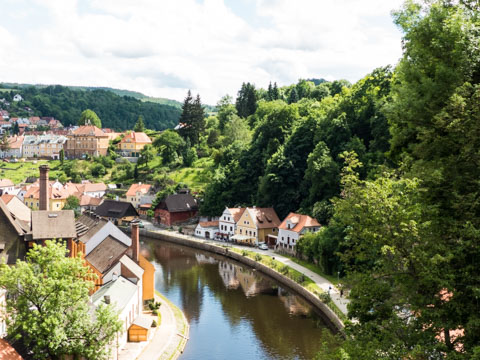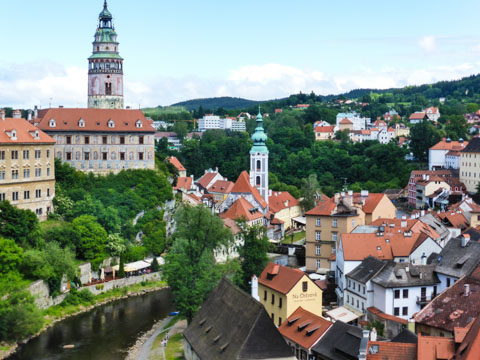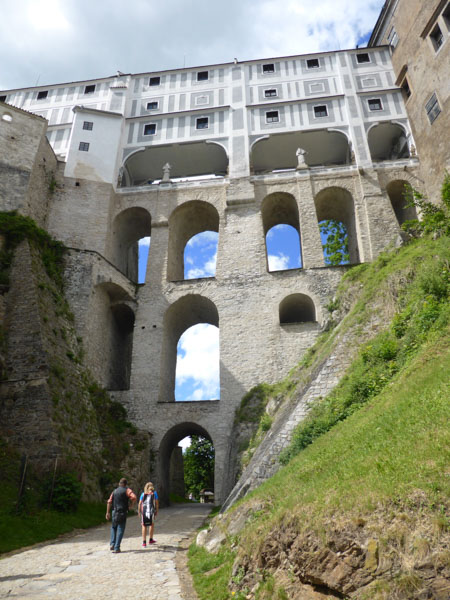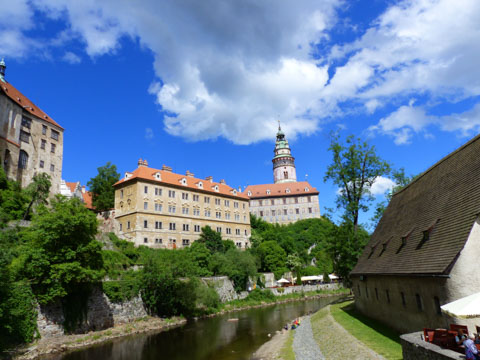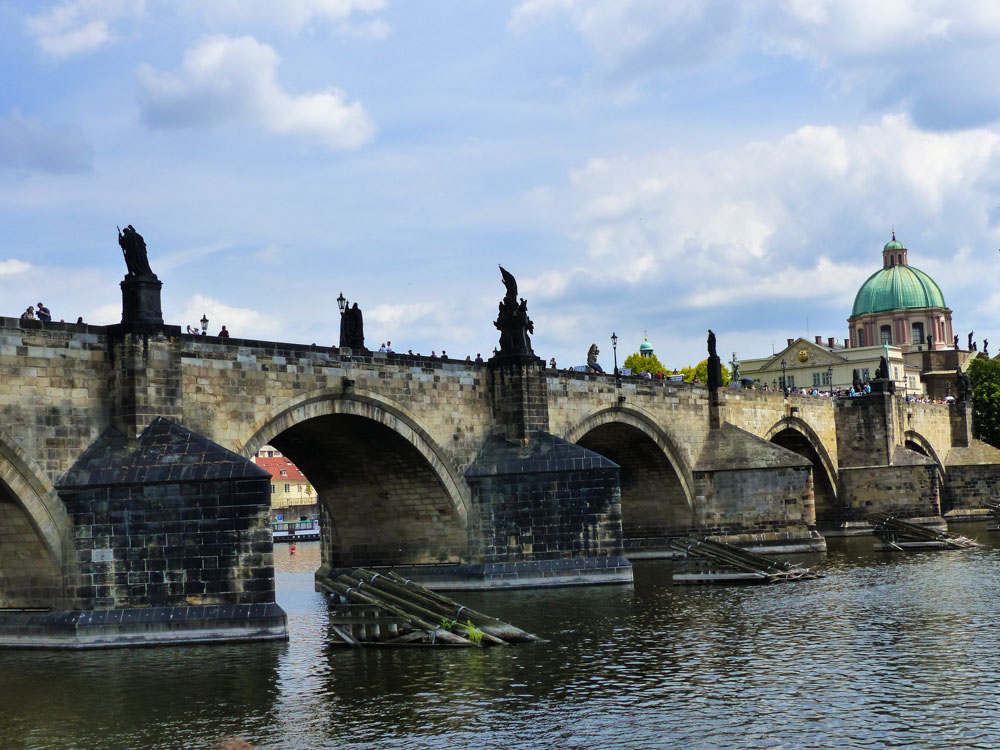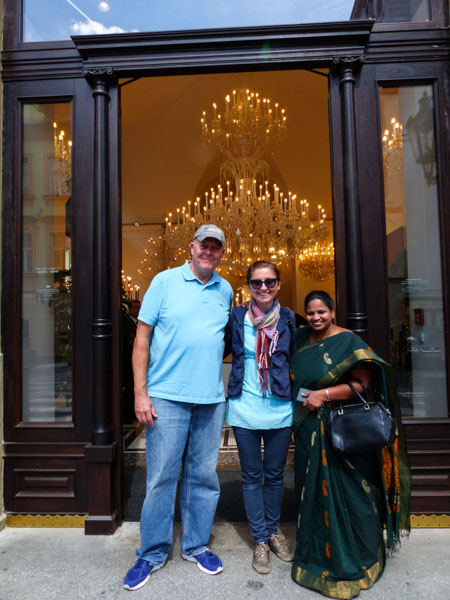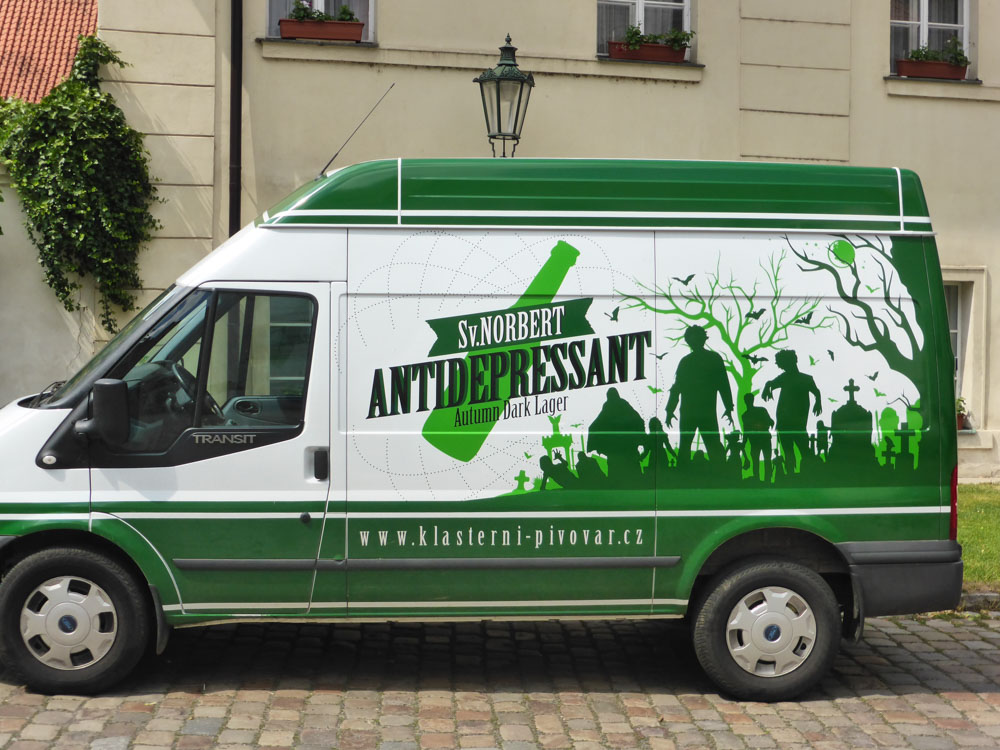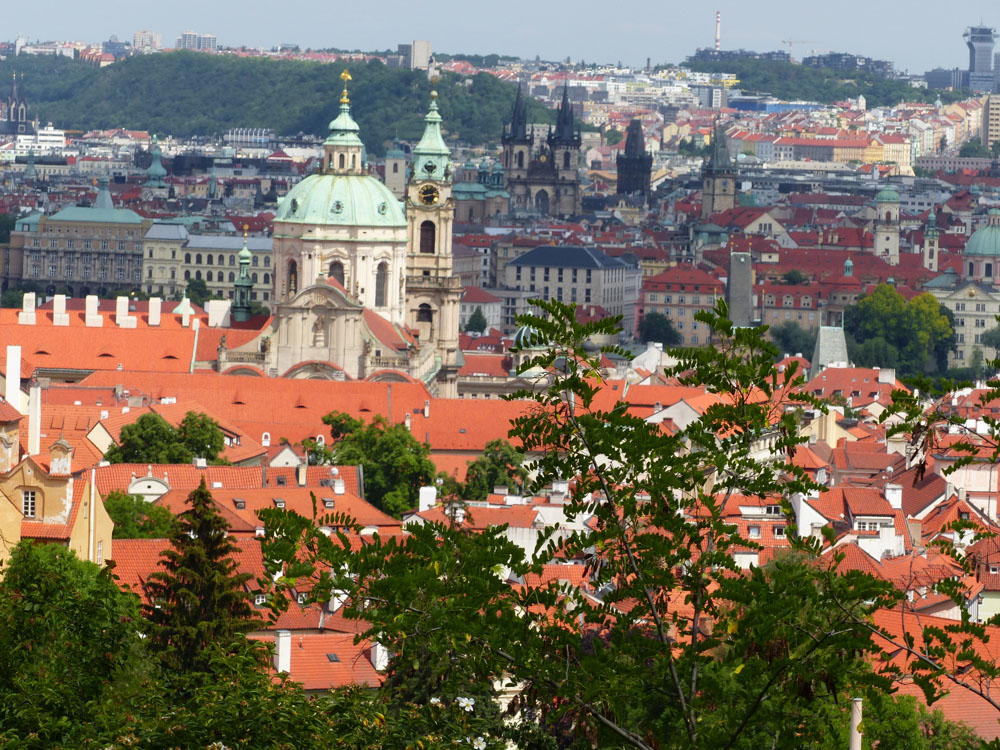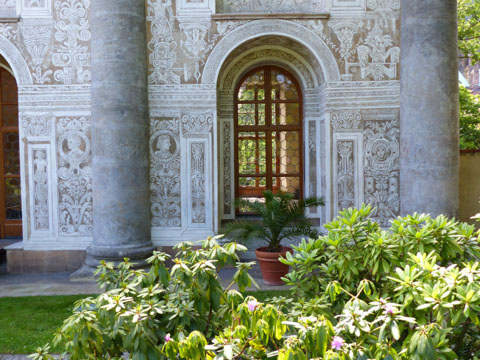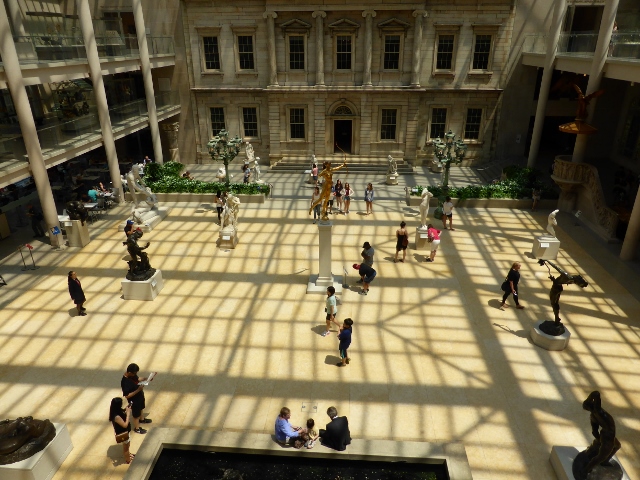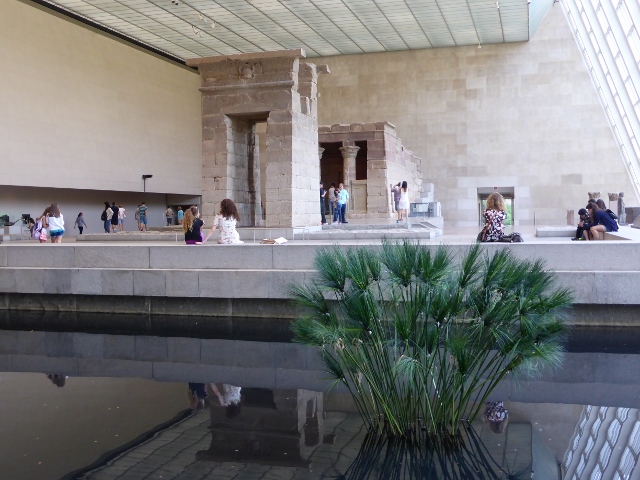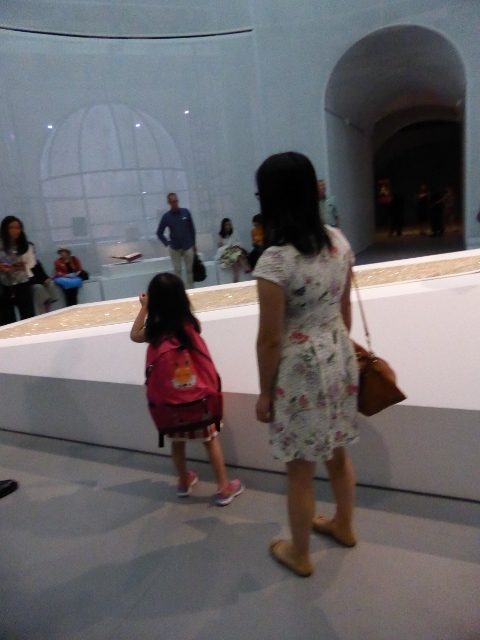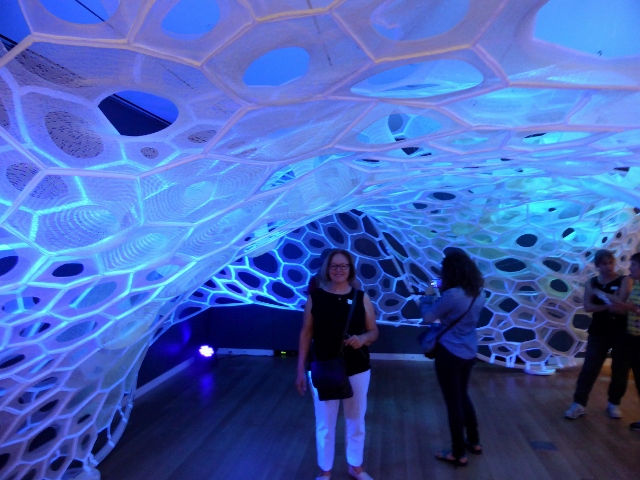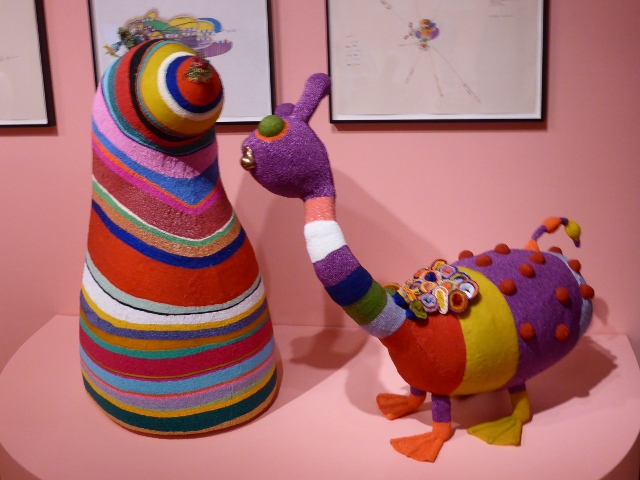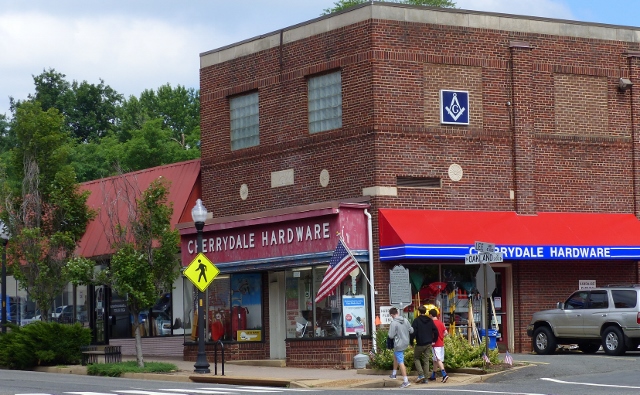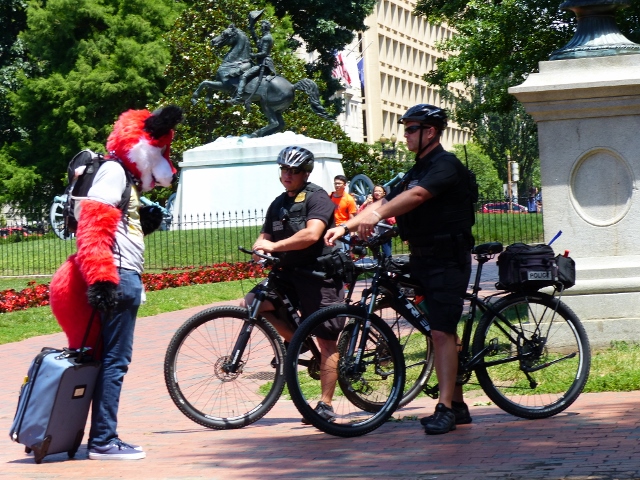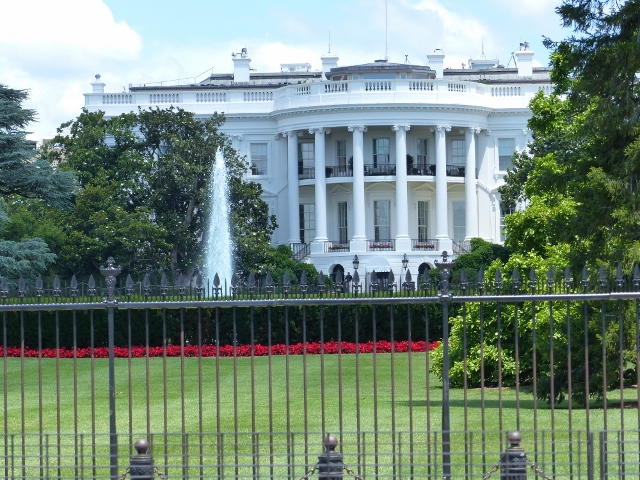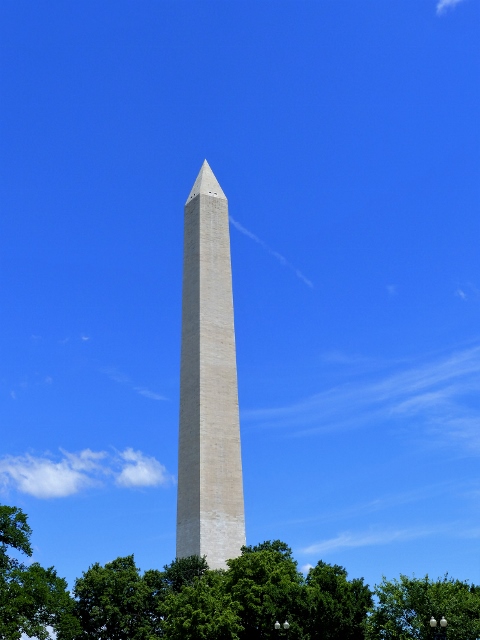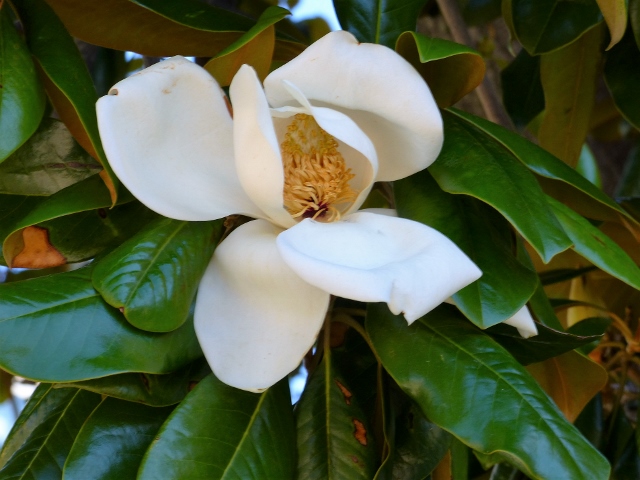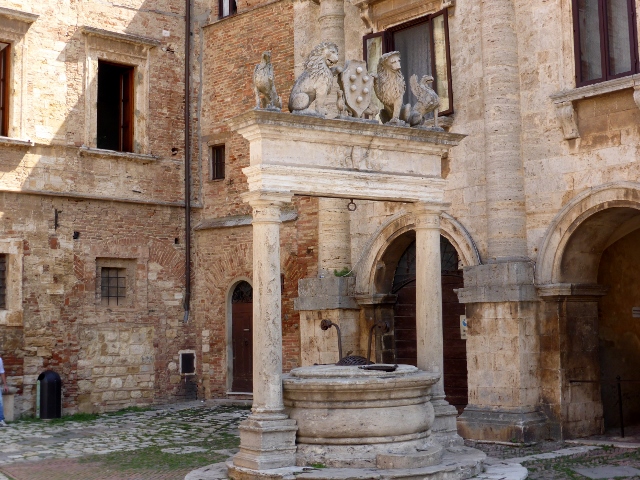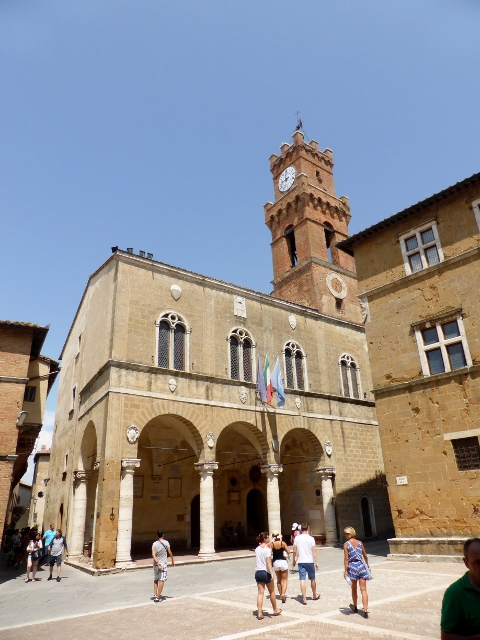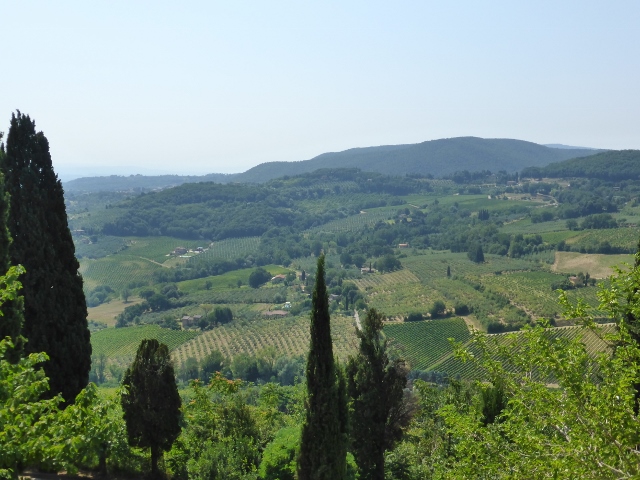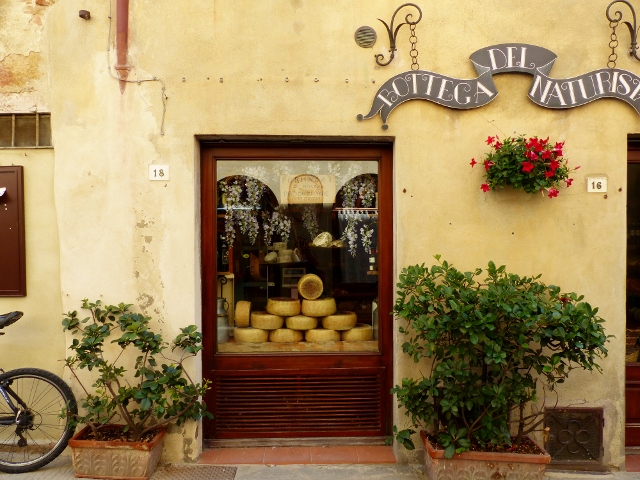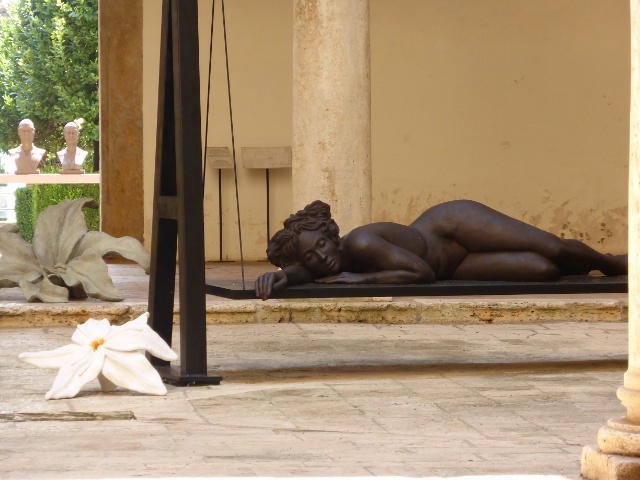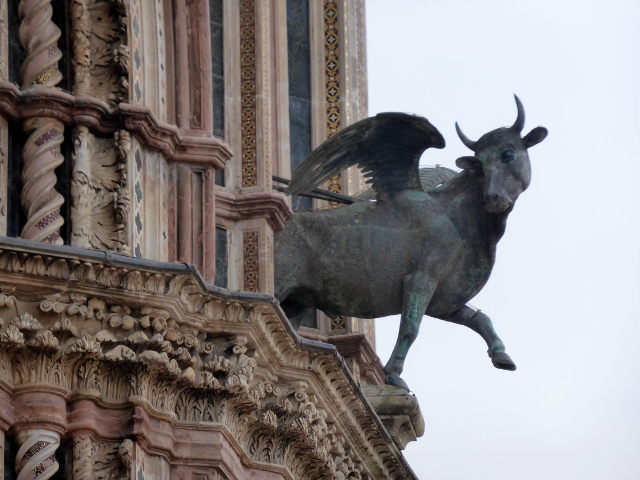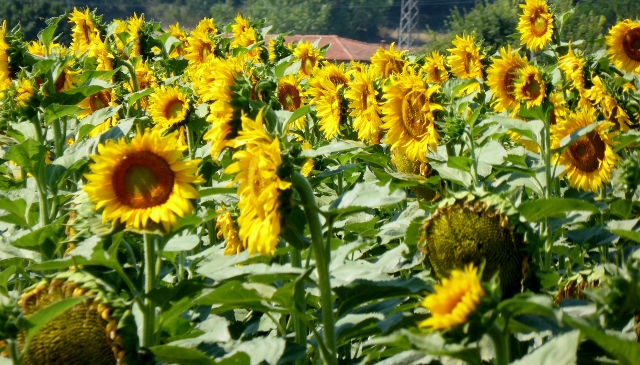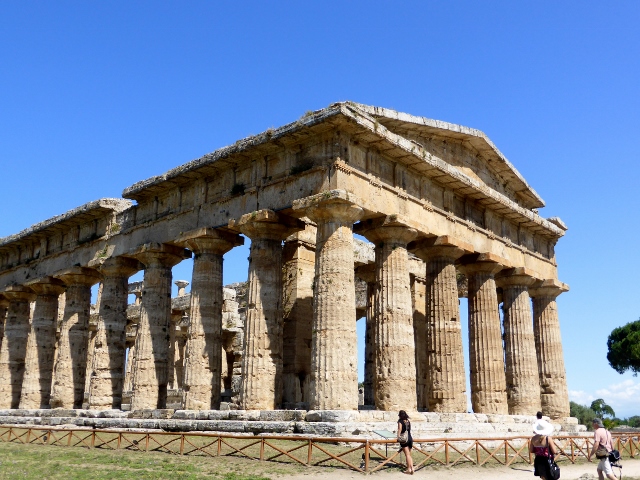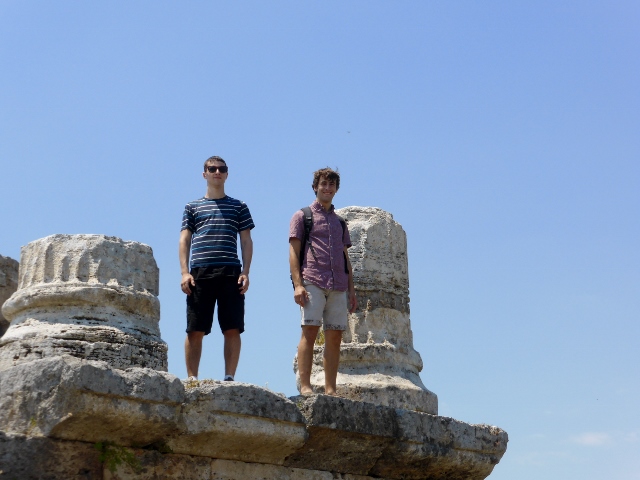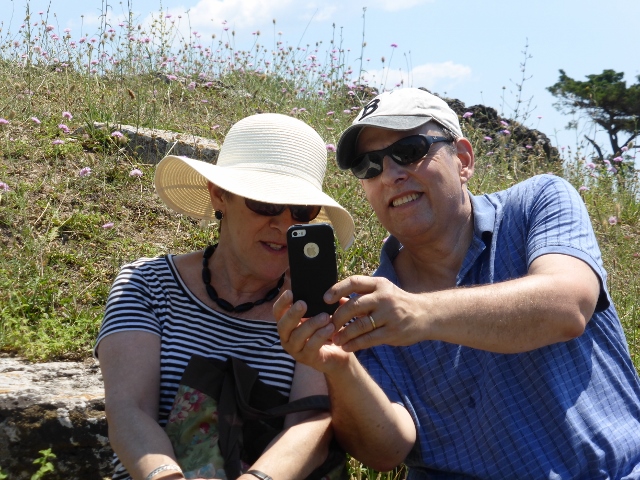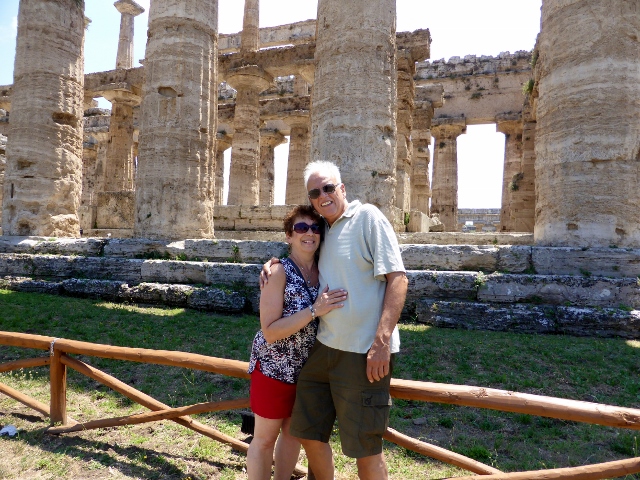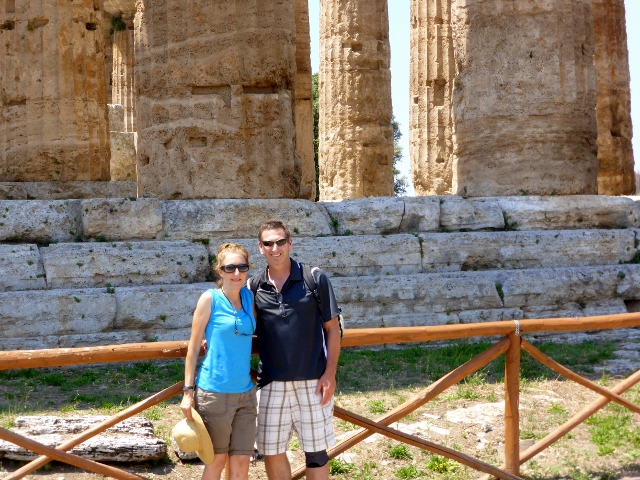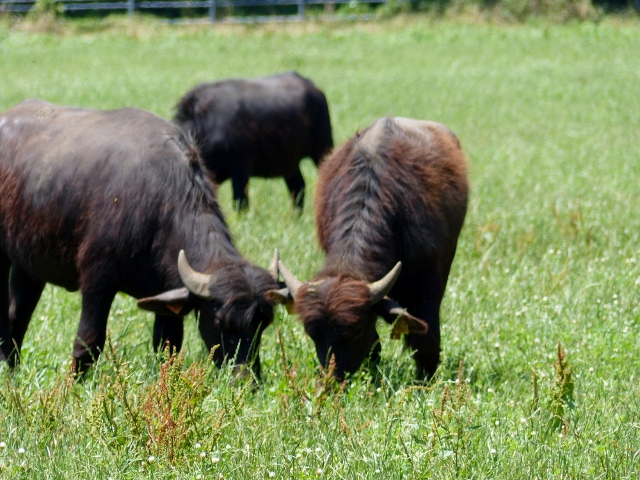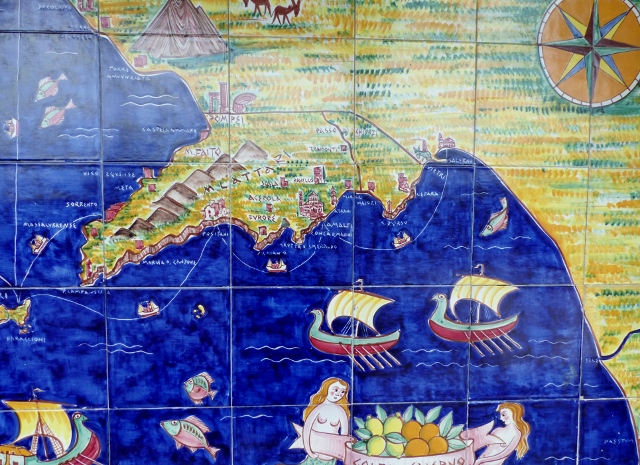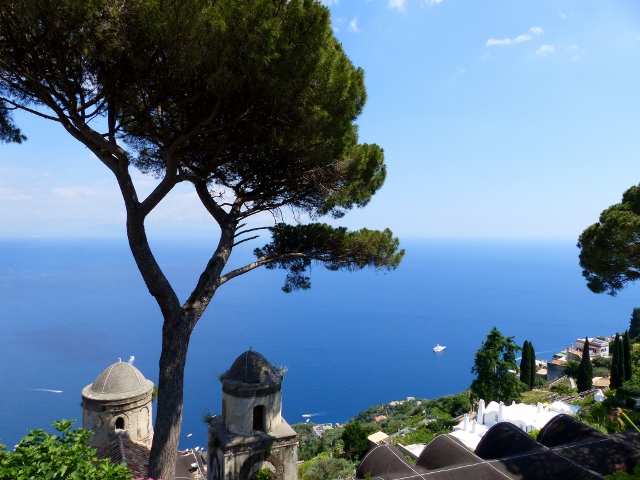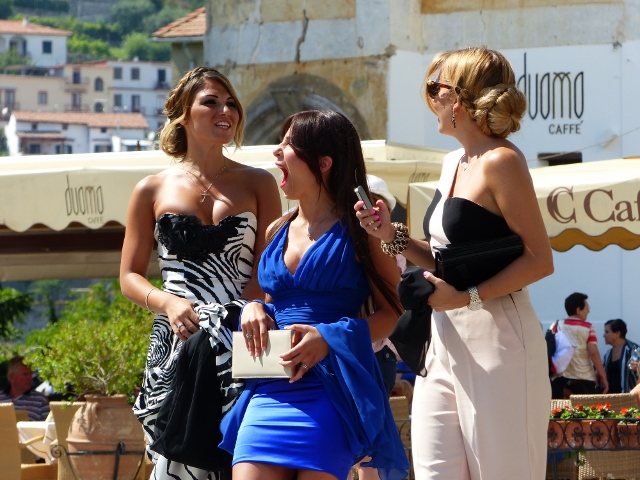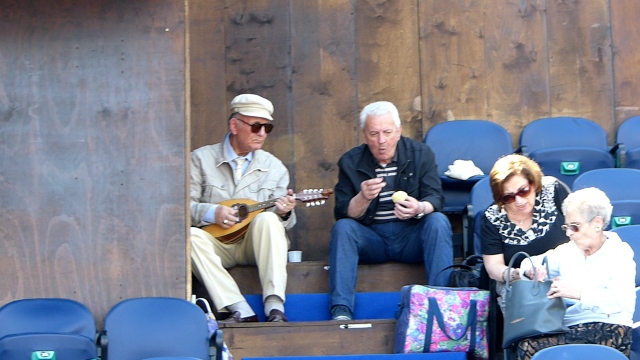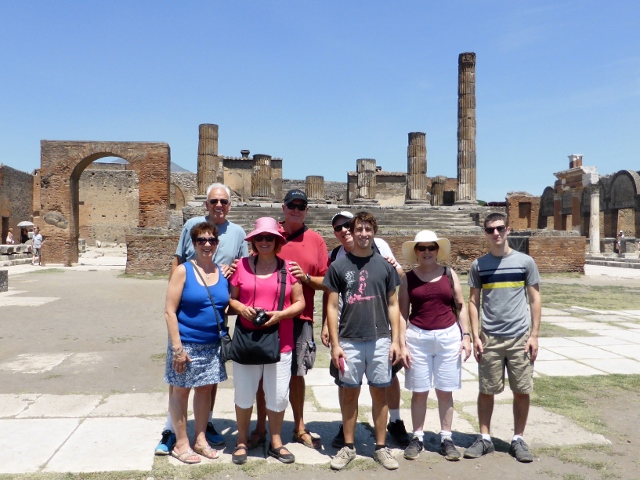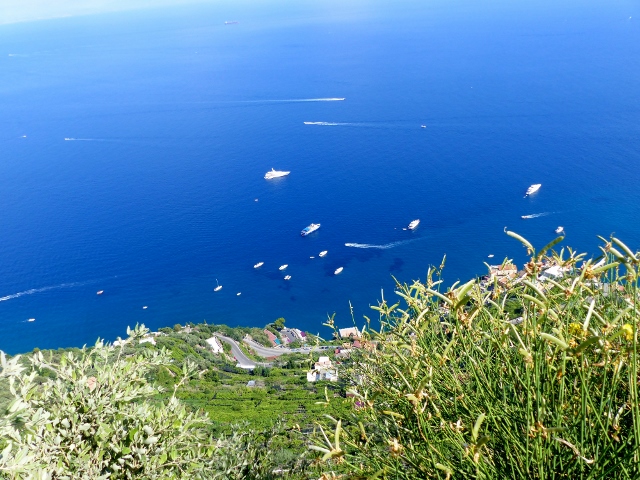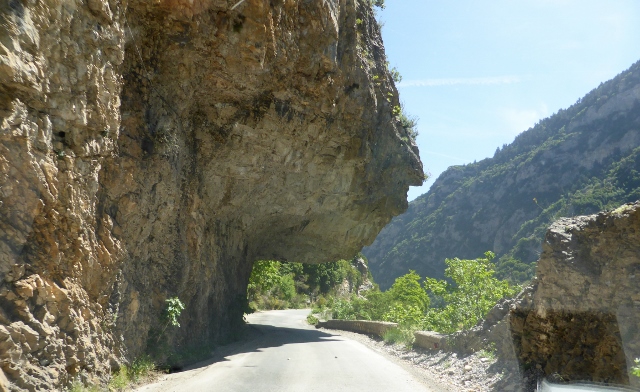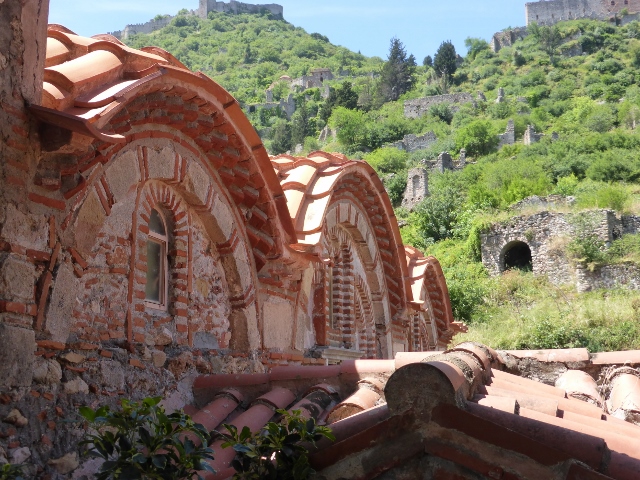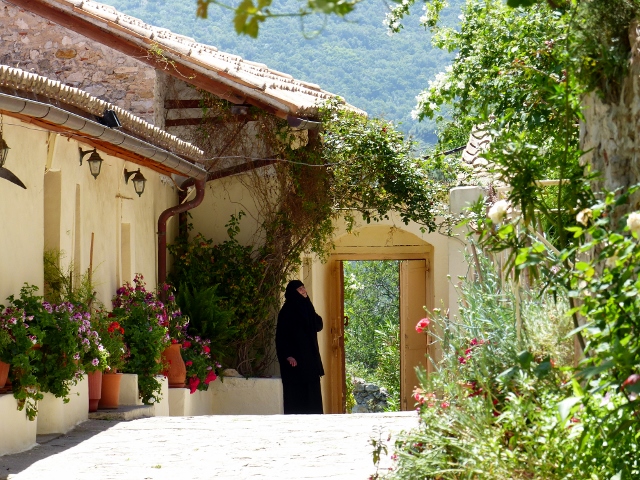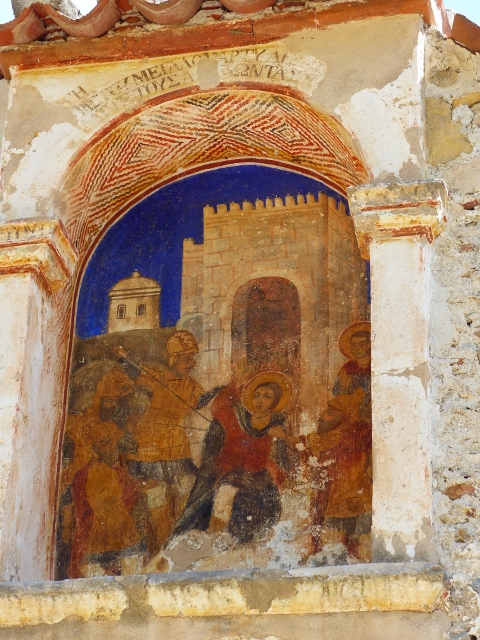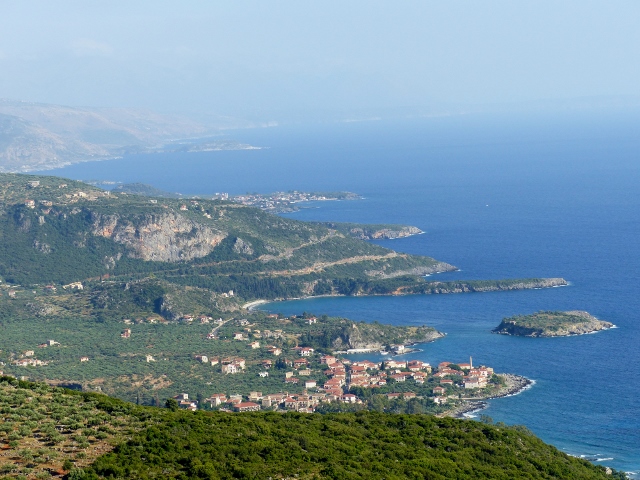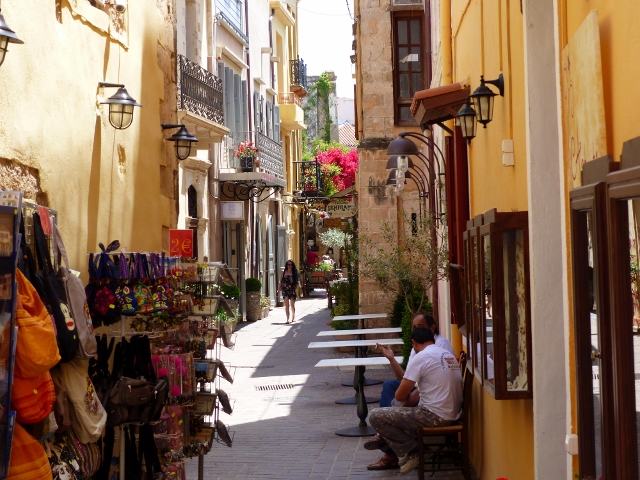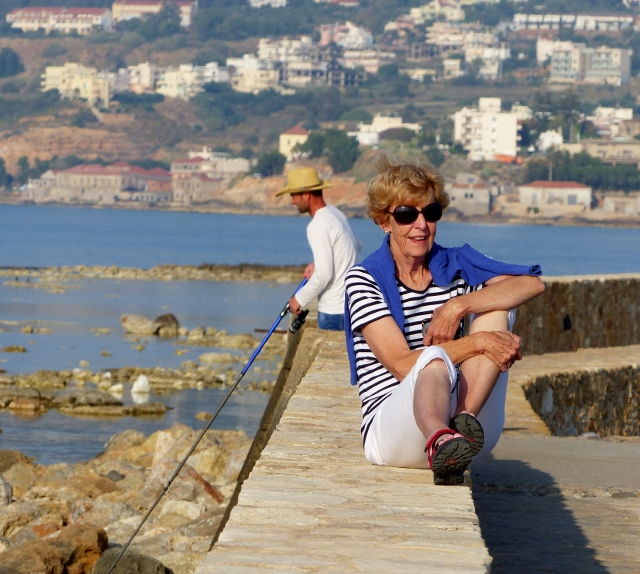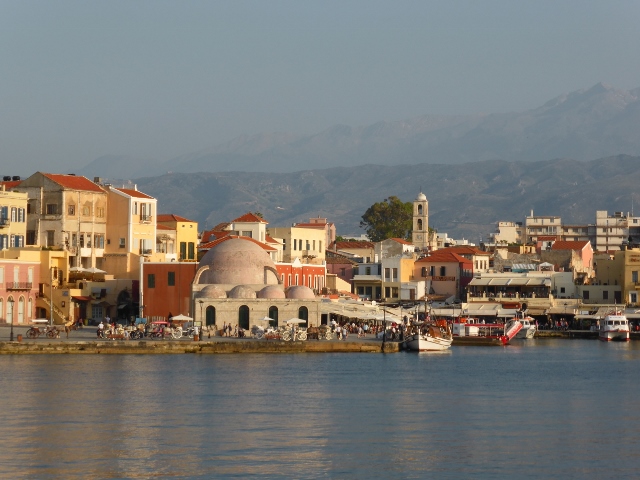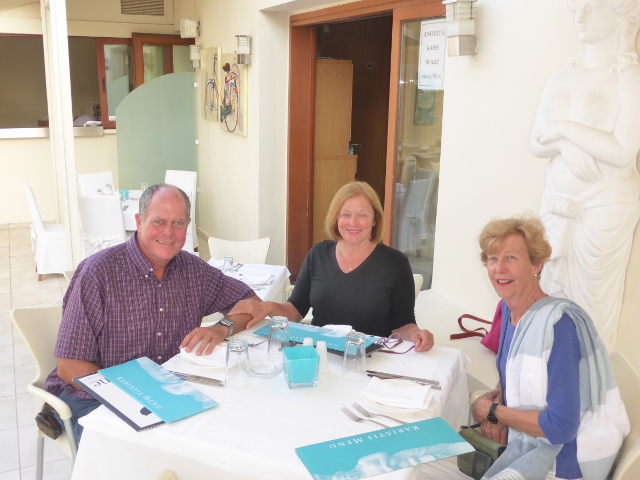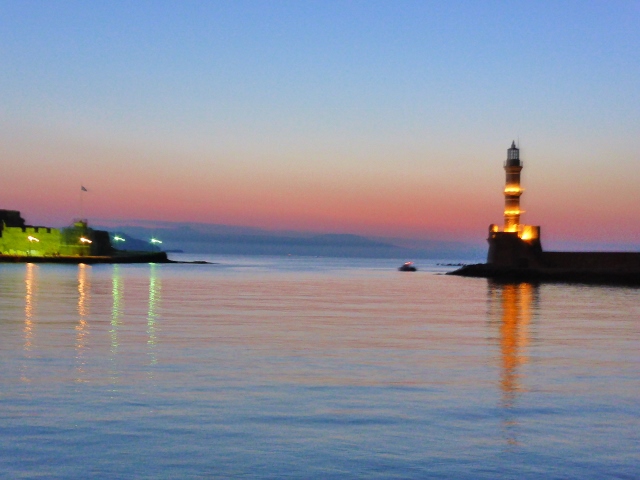In this part of our voyage, we are following in the path set by Captain James Cook in his second journey (1772-1774) navigating around a treacherous and moody Cape Horn towards the Marquesas Islands. He was a navigator extraordinaire, no GPS nor even a chart to follow. Some of his sailors felt they would possibly sail off the ends of the earth. He improved nutrition as well as insuring his men had a ration of beer each day, which probably kept their hydration up.
When we have sailed in the Pacific, many of the soundings noted on the charts were made by Captain Cook. Some of his journals are kept at the State Library Of NSW and you can request a viewing of these historic documents.

We are on our way back to Nuka Hiva to collect a container, now divested of it contents from Papeete and full of copra or bananas. You have to admire the efficiency of the crew of Aranui in getting the containers on loaded so quickly. We have a bit of time and go into Taiohae to see some replica Tikis in the park.
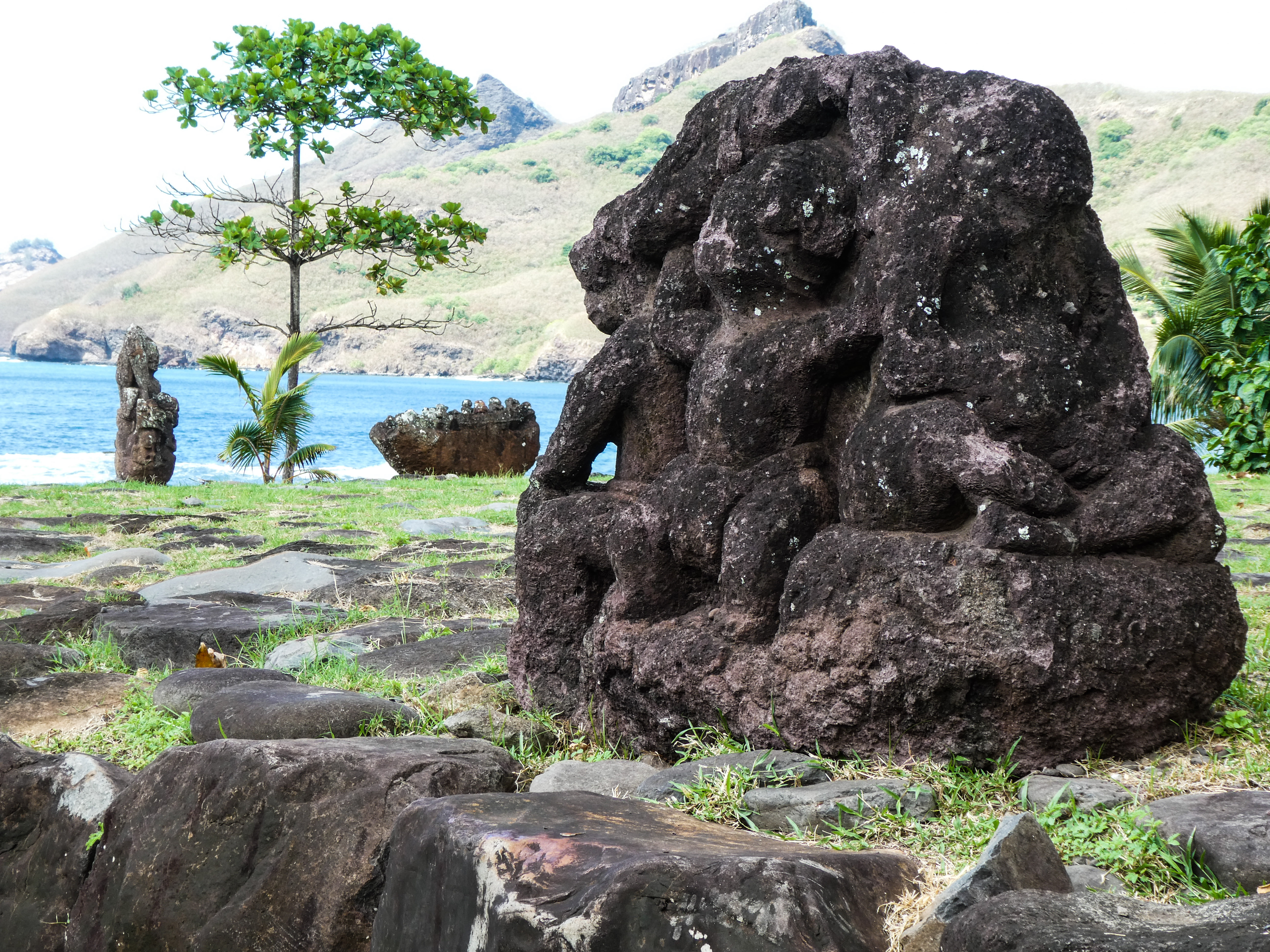
These tikis remind me of other prehistoric stones and instances of ancestor worship we have seen in Europe. It reminds me of sacred places the world over, where ancient man would use stone and sites to worship their ancestors or perhaps use them as a nemonic system. Wouldn’t it be great to ask them?
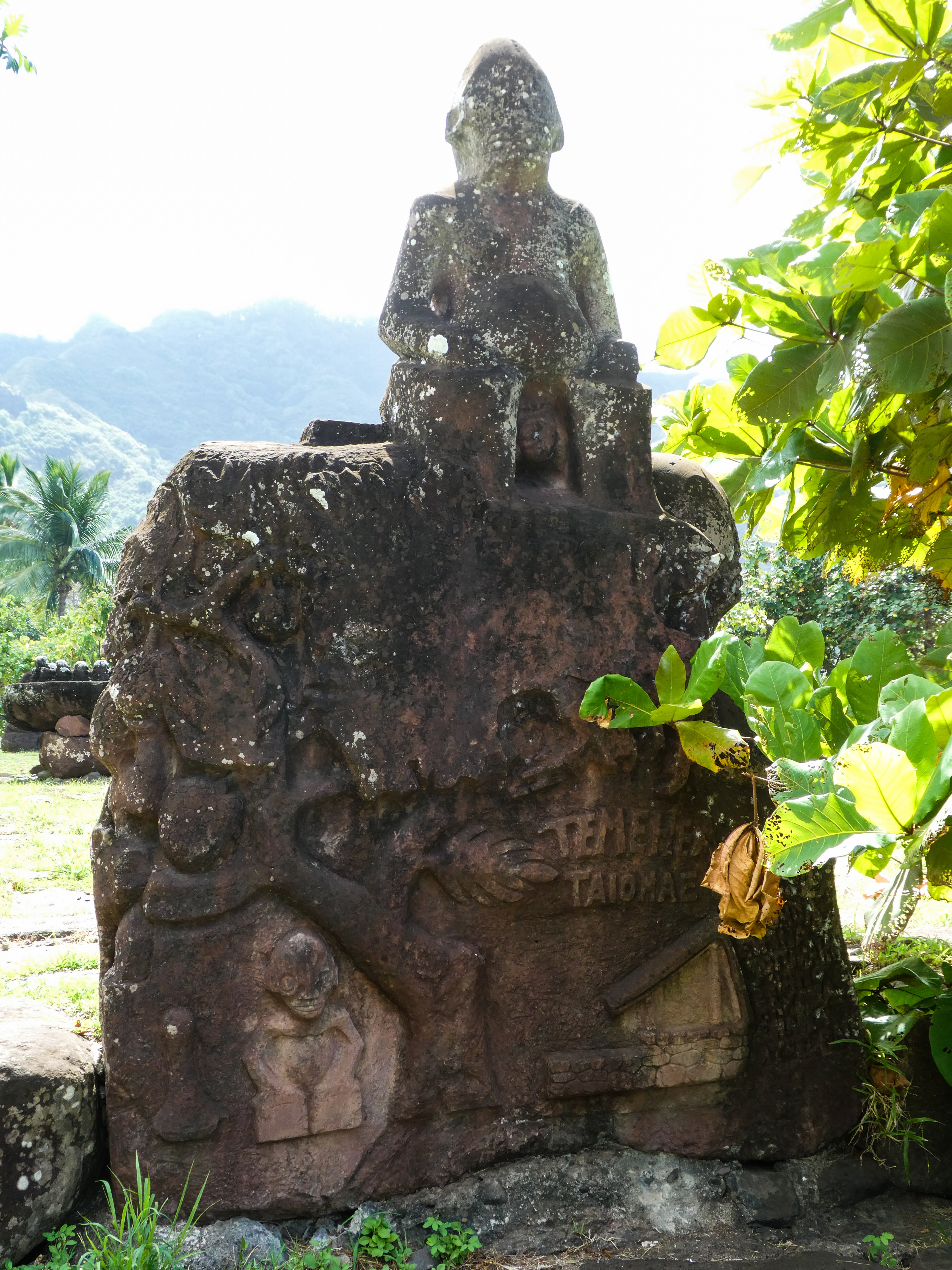
We repeat the loading exercise in Ua Pou and then we depart at 4:15 pm for the return 40 hour journey to the Tuamotu and the island of Rangiroa.

